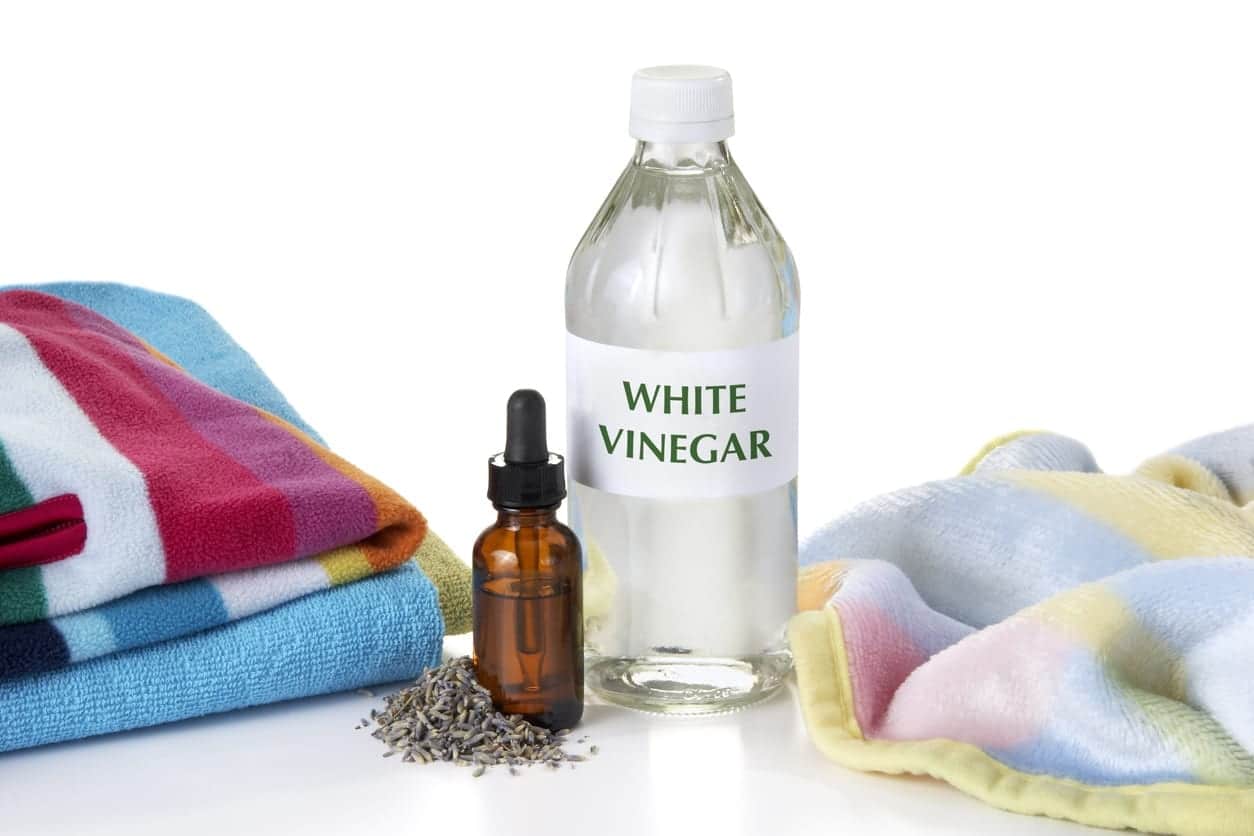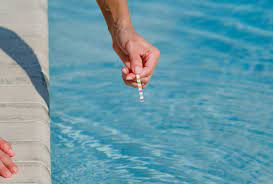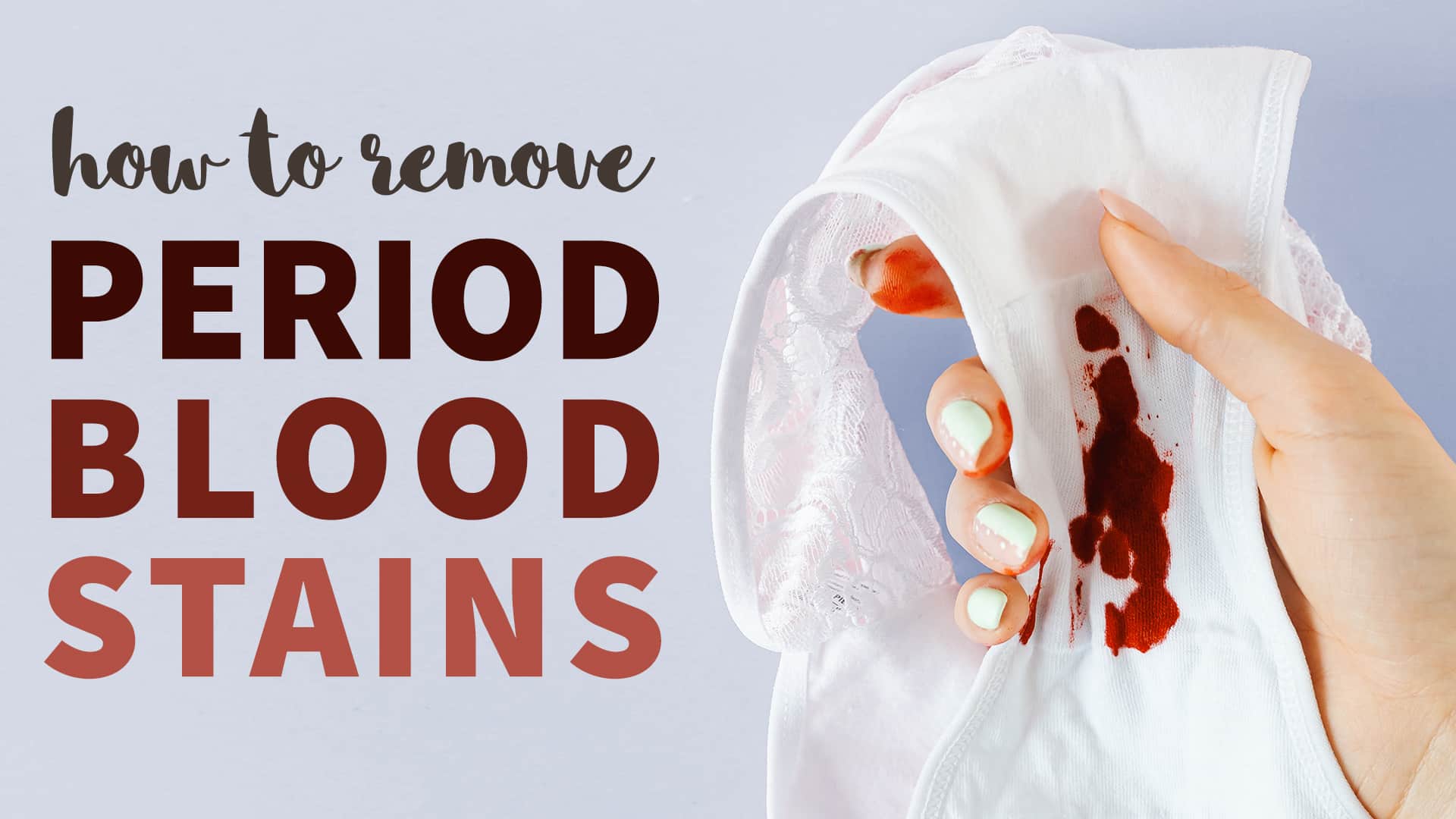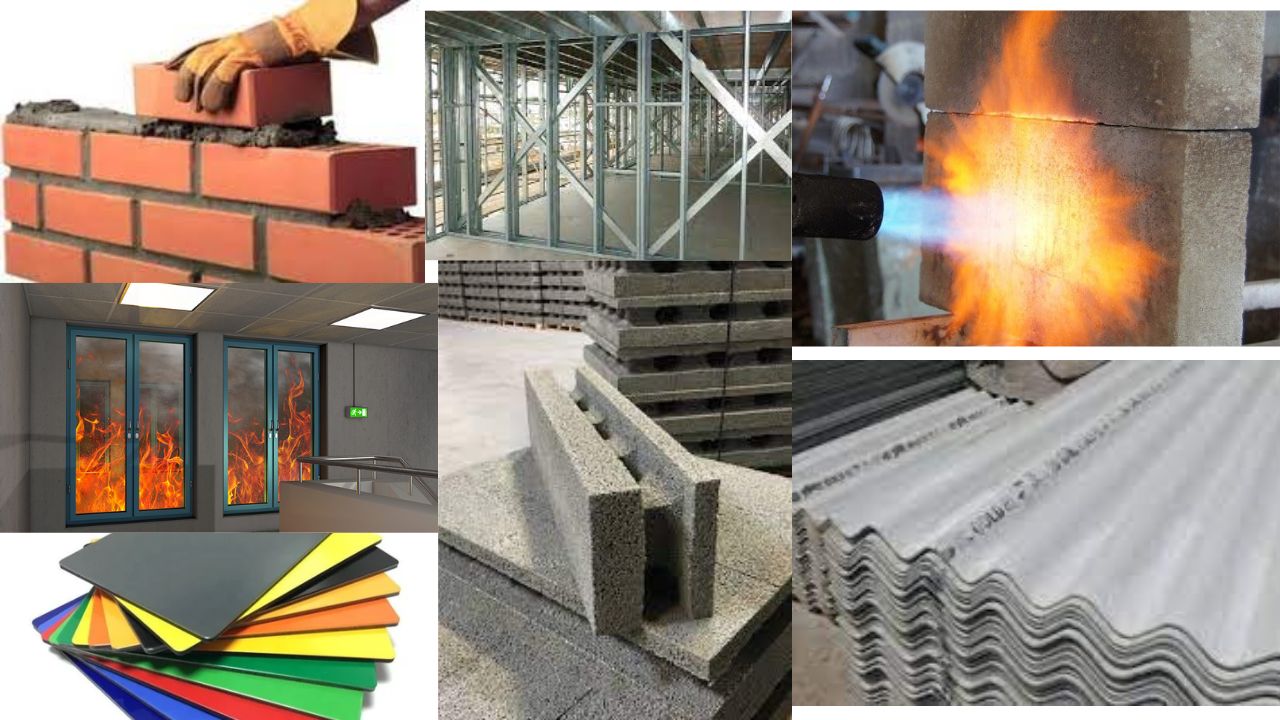Galvanized metals offer excellent corrosion resistance, widely used in various applications, from roofing and siding to gutters and railings.
However, its natural appearance may not always align with aesthetic preferences. The need to paint galvanized metal arises from this. But its slippery surface makes it challenging for paint to adhere properly.
Painting galvanized metal serves two primary purposes: aesthetic enhancement and additional protection. Discover how to paint galvanized metal in simple steps when you read to the end.
Table of contents
- Can you paint galvanized metal?
- How to Paint Galvanized Metal in Simple Steps
- What type of paint should I use for galvanized metal?
- Can I paint over old galvanized metal?
- Can I paint galvanized metal without primer?
- How do you prepare the surface for painting over galvanized steel?
- How many coats of paint should I apply to galvanized metal?
- Can I use oil paint on galvanized metal?
- What kind of primer do you use on galvanized metal?
- How do you paint galvanized metal to look old?
- Frequently Asked Questions
- Conclusion
- References
- Recommendations
Can you paint galvanized metal?
Yes, you can paint galvanized metal. Painting galvanized metal can help to protect the underlying metal from rust.
This is because the paint will create a barrier between the metal and the elements, preventing the metal from coming into contact with water and oxygen, which are the two main causes of rust.
Also, painting galvanized metal can also improve the appearance of the metal and increase the lifespan of the metal. This is because the paint will protect the metal from rust and other damage, which can extend the life of the metal.
Read Also: 12 Amazing Uses for Vinegar and a Usage Guide
How to Paint Galvanized Metal in Simple Steps
The natural zinc coating on galvanized metal can deteriorate, making it less appealing and more susceptible to rust. To paint galvanized metal in simple steps gather the materials you would need.
- High-quality latex paint designed for galvanized metal
- Primer specifically formulated for galvanized metal
- Cleaning solution (TSP or trisodium phosphate)
- Abrasive pads or stiff brush
- Safety gear: gloves, goggles, respirator
- Drop cloths
- Paint brushes or spray gun
Step 1: Prep the Galvanized Metal
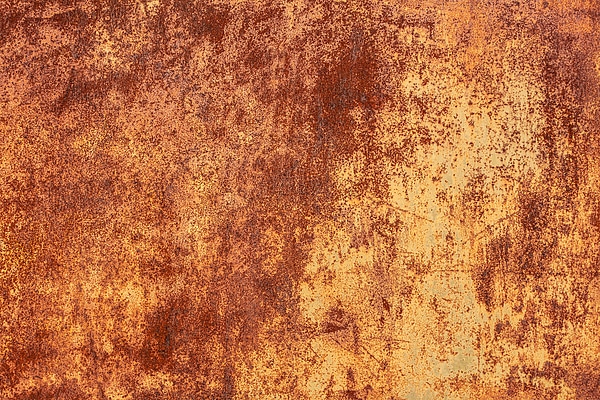
- Wear safety glasses, gloves, and a respirator to protect yourself from fumes and debris.
- Use a wire brush or abrasive pad to remove loose dirt, rust, and mill scale from the galvanized metal surface.
- Mix a TSP solution or use a commercial degreaser according to the manufacturer’s instructions. Apply the solution to the galvanized metal surface using a rag or brush.
- Allow the TSP solution or degreaser to work for the recommended time, typically 10-15 minutes.
- Thoroughly rinse the galvanized metal surface with clean water to remove all traces of the TSP solution or degreaser.
- Allow the galvanized metal surface to dry completely before proceeding to the next step.
Step 2: Apply a primer
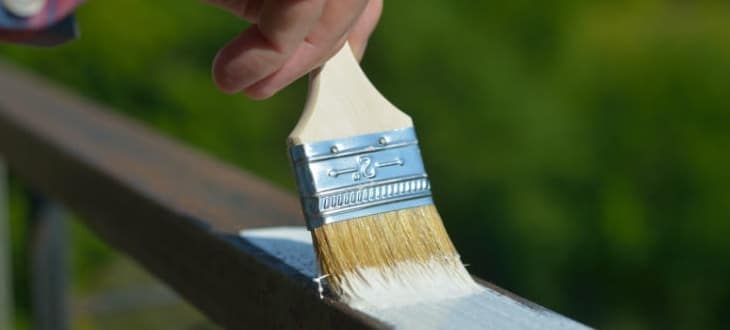
- Stir the primer thoroughly before use.
- Apply a thin, even coat of primer to the galvanized metal surface using a brush or spray gun.
- Allow the primer to dry completely according to the manufacturer’s instructions.
3rd Step: Apply the paint
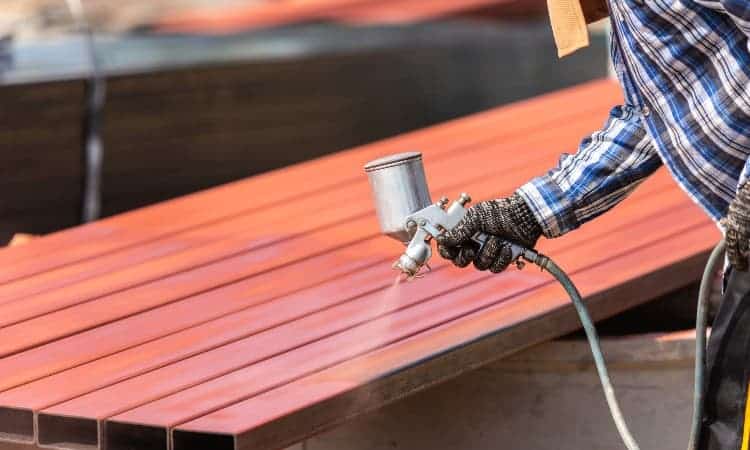
- Stir the paint thoroughly before use.
- Apply a thin, even coat of paint to the primed galvanized metal surface using a brush or spray gun.
- Allow the paint to dry partially before applying a second coat.
- Apply a second thin, even coat of paint, ensuring complete coverage.
Step 4: Let Dry
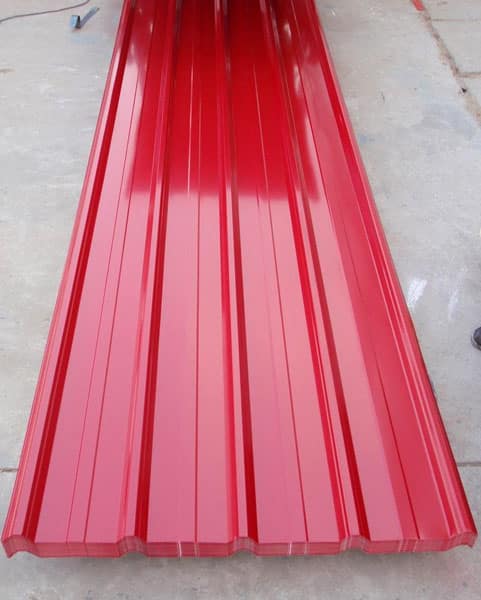
Allow the galvanized metal to completely dry.
Read Also: How to Get Rid of Permanent Marker Stains
What type of paint should I use for galvanized metal?
The best type of paint for galvanized metal is a high-quality, specifically formulated paint designed for galvanized surfaces. These paints are typically latex-based and contain special additives that promote adhesion to the zinc-rich surface of galvanized metal.
Generally, a good paint for galvanized metal must adhere well to the galvanized surface. It must provide good corrosion resistance to protect the underlying metal from rust and other forms of degradation.
In addition, the best type of paint to use for galvanized metal should provide good corrosion resistance and be durable enough to withstand the elements, including exposure to sunlight, rain, and wind. You should choose a paint that is low in VOCs (volatile organic compounds) to minimize environmental impact.
Below are some paint types with the characteristics above:
- Acrylic Latex Paint: Acrylic latex paints are generally the most popular choice for galvanized metal due to their ease of application, good adhesion, and low odor.
- Epoxies and Urethanes: Epoxies and urethanes offer superior durability and corrosion resistance compared to acrylic latex paints. They are often used for industrial applications or in harsh environments. However, they may be more difficult to apply and have a higher VOC content.
- Alkyd Paints: Alkyd paints were once the standard for galvanized metal, but they are not as widely used today due to their higher VOC content and potential for peeling or cracking.
Read Also: 7 Things Exterminators Check During Termite Inspections
Can I paint over old galvanized metal?
Yes, you can paint over old galvanized metal, but it’s important to ensure the surface is properly prepared. First, start by cleaning the galvanized surface thoroughly to remove dirt, grease, rust, or peeling paint.
You can use a cleaning solution like trisodium phosphate (TSP) or a mild detergent. Scrub the surface gently with a stiff brush or abrasive pad to remove stubborn grime.
Once the surface is clean, rinse it thoroughly with clean water to remove any cleaning residue. Allow the galvanized surface to dry completely before proceeding to the next step.
Can I paint galvanized metal without primer?
No, it is not recommended to paint galvanized metal without primer. The zinc coating on galvanized metal is naturally slippery and non-absorbent, which makes it difficult for paint to adhere properly.
Without a primer, the paint may peel or flake off over time, exposing the underlying metal to corrosion. A primer specifically formulated for galvanized metal helps to create a rougher surface for the paint to grip, improving adhesion and preventing the paint from peeling. Additionally, primers often contain corrosion inhibitors that further protect the metal from rust and oxidation.
While it is possible to paint galvanized metal without primer, the results are likely to be unsatisfactory and may require repainting sooner.
Read Also: Getting Latex Paint out of Clothes – How to Get Paint Out of Clothes
How do you prepare the surface for painting over galvanized steel?
T-Wash, etch primers, sweep blasting, and weathering are all surface preparation methods used to improve the adhesion of paint to galvanized metal.
- T-Wash: This is a commercial cleaning solution specifically designed for galvanized metal. It contains a blend of phosphoric acid and detergents that help to remove dirt, grease, and rust from the surface of the metal.
- Etch Primers: Etch primers are specially formulated primers that contain an acid or etching agent. This agent helps to etch the surface of the galvanized metal, creating a rougher texture that will better grip the paint. Etch primers are often used in conjunction with T-Wash to provide even better adhesion.
- Sweep Blasting: Sweep blasting is a mechanical process that uses fine abrasive particles to clean and roughen the surface of galvanized metal. This process is very effective at removing dirt, grease, and rust, and it also creates a very rough texture that will provide excellent adhesion for paint.
- Weathering: Weathering is the process of allowing the galvanized metal to naturally weather over time. This process will help to remove the zinc coating from the metal, exposing the underlying steel. The steel will then begin to rust, which will create a rough texture that will provide good adhesion for paint.
How many coats of paint should I apply to galvanized metal?
The number of coats of paint you should apply to galvanized metal depends on a few factors, including the type of paint you are using, the desired finish, and the condition of the surface.
Type of paint:
- Acrylic latex paint: 2-3 coats
- Alkyd paint: 2-3 coats
- Epoxy paint: 2 coats
Desired finish:
- Satin or semi-gloss: 2-3 coats
- Flat or eggshell: 1-2 coats
Condition of the surface:
- New galvanized metal: 2-3 coats
- Previously painted galvanized metal: 1-2 coats
Can I use oil paint on galvanized metal?
No, it is not recommended to use oil-based paint on galvanized metal. Oil-based paints are not designed to adhere properly to the zinc coating on galvanized metal, and they may peel or flake off over time.
Additionally, oil-based paints have a higher VOC (volatile organic compound) content than latex-based paints, which means they emit more harmful fumes.
If you are looking for a paint that will adhere well to galvanized metal, you should use a latex-based paint that is specifically formulated for galvanized surfaces.
These paints are designed to bond with the zinc coating, and they have a lower VOC content than oil-based paints.
What kind of primer do you use on galvanized metal?
The best type of primer for galvanized metal is a high-quality, specifically formulated primer designed for galvanized surfaces.
These primers are typically latex-based and contain special additives that promote adhesion to the zinc-rich surface of galvanized metal.
Basically, acrylic latex primers are a popular choice for galvanized metal due to their ease of application, good adhesion, and low odor.
How do you paint galvanized metal to look old?
Painting galvanized metal to achieve an aged appearance requires a combination of techniques and specific paint choices. To paint galvanized metal to look old, try these notable aging techniques:
- Salt and Vinegar Solution: Mix equal parts white vinegar and salt in a spray bottle. Spray the solution onto the painted surface, allowing it to react with the paint and create rust spots. Adjust the concentration of the solution to achieve the desired level of rusting.
- Hydrogen Peroxide and Salt Solution: Mix equal parts hydrogen peroxide and salt in a spray bottle. Spray the solution onto the painted surface, allowing it to react with the paint and create a weathered, aged appearance.
- Sanding: Use fine-grit sandpaper to lightly sand the painted surface, particularly in areas where rust or weathering is desired. This will help to create a more distressed and aged look.
- Steel Wool: Use steel wool to gently scrub the painted surface, removing some of the paint and creating a more worn, aged appearance.
Frequently Asked Questions
With proper preparation and high-quality paint, painted galvanized metal can last for several years.
The ideal time to paint galvanized metal is during mild weather conditions, with temperatures between 50-85 degrees Fahrenheit. Avoid painting in extreme heat or cold, as this can affect the paint’s adhesion and drying time.
Painting galvanized metal serves two primary purposes: aesthetic enhancement and additional protection
Oil-based paints are not recommended for galvanized metal due to adhesion issues.
Paints that are commonly recommended for rusty galvanized steel include zinc-rich paints, acrylic latex paints with rust inhibitors, epoxy paints, and Polyurethane paints.
Conclusion
Painting galvanized metal is a straightforward process that can enhance its appearance and extend its lifespan. By following the simple steps outlined in this guide, you can achieve a professional-looking finish that will protect and enhance your galvanized metal projects.
References
- Benjaminmoore.com – HOW TO PAINT GALVANIZED METAL
- Dunewards.com – Painting Galvanized Steel
- How Stuffs Work.com – How to Paint Galvanized Metal

